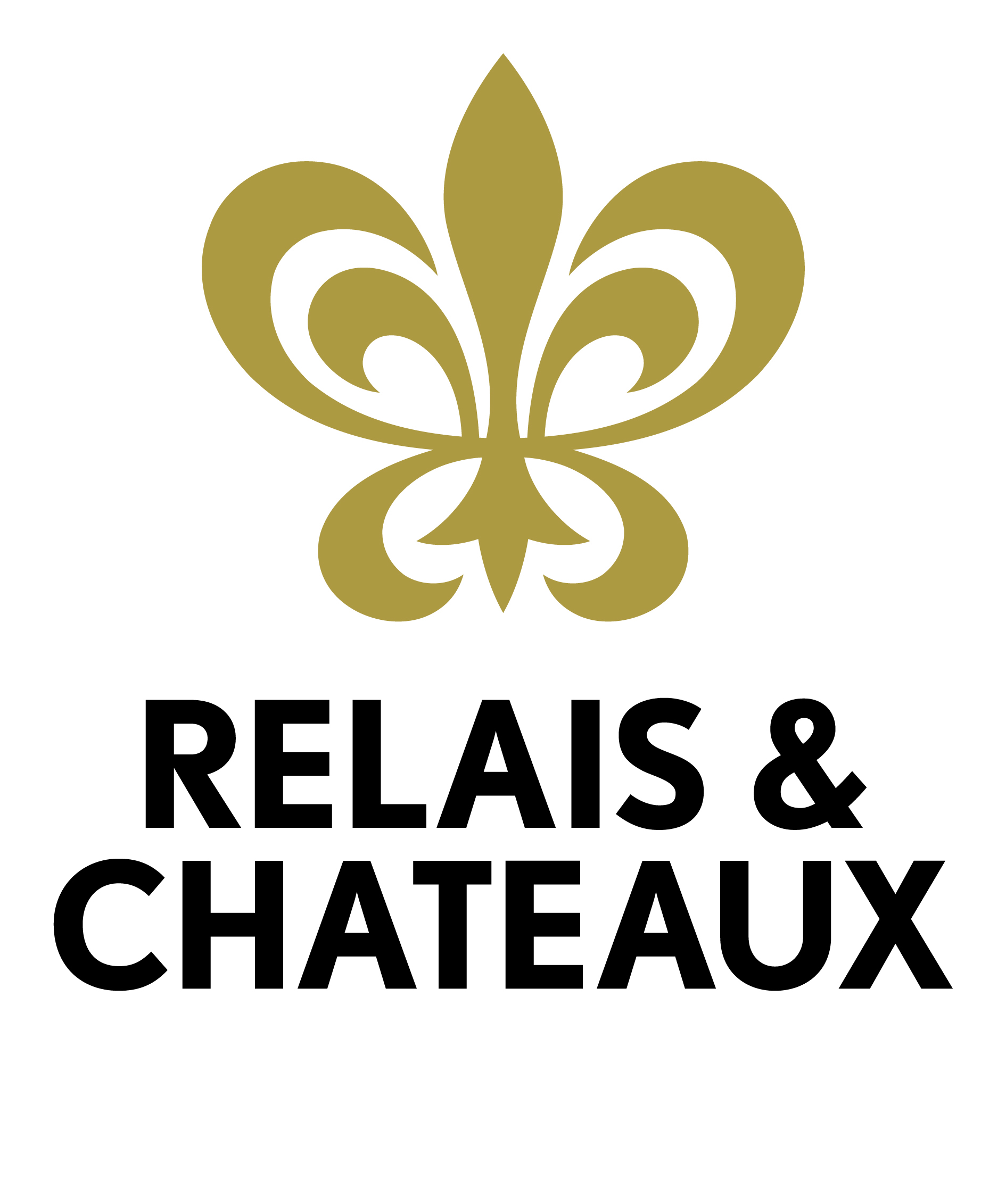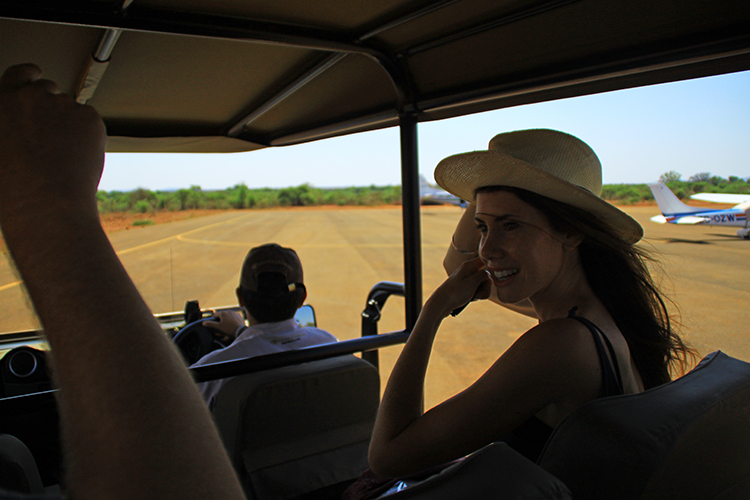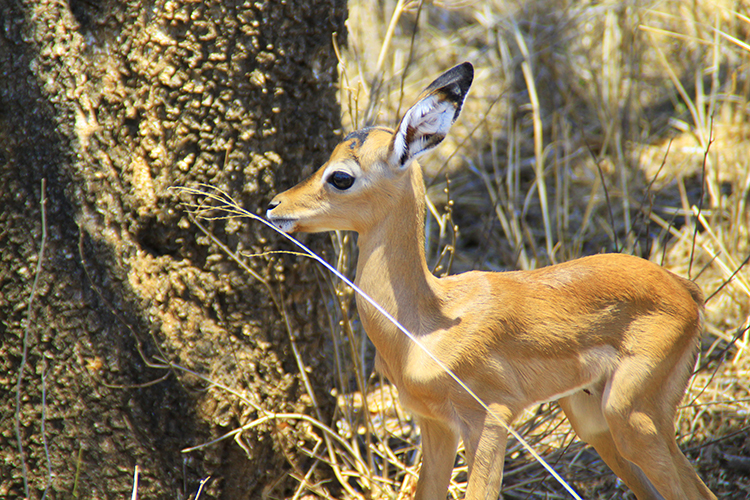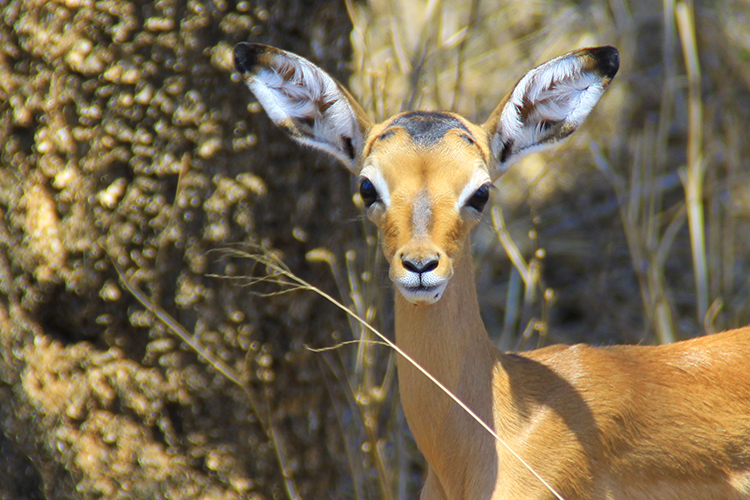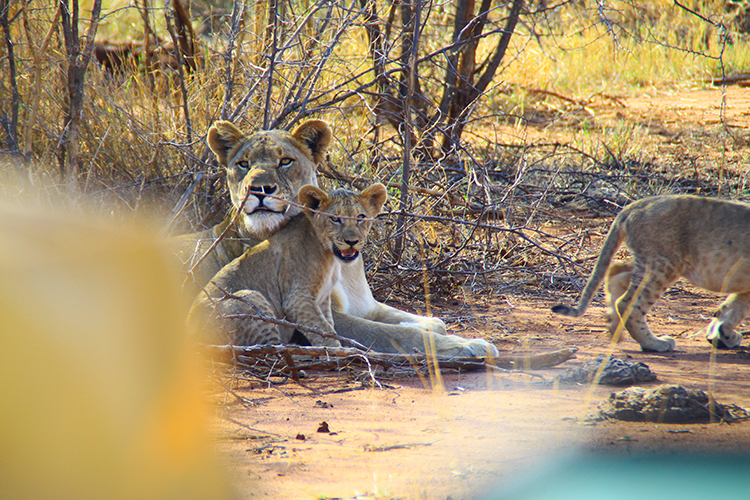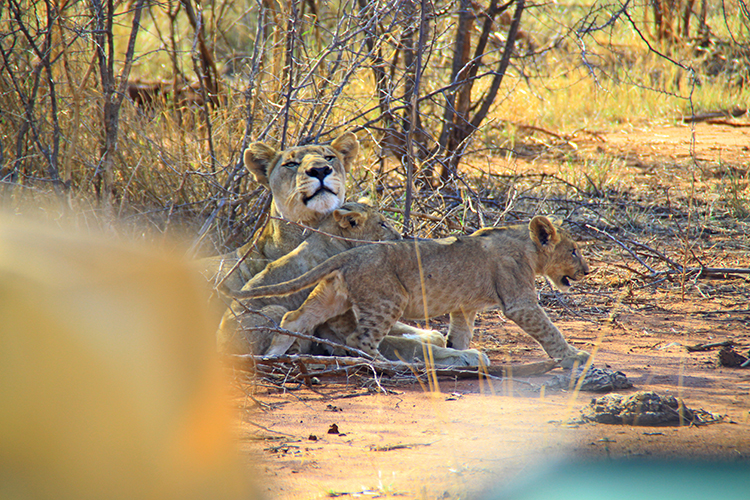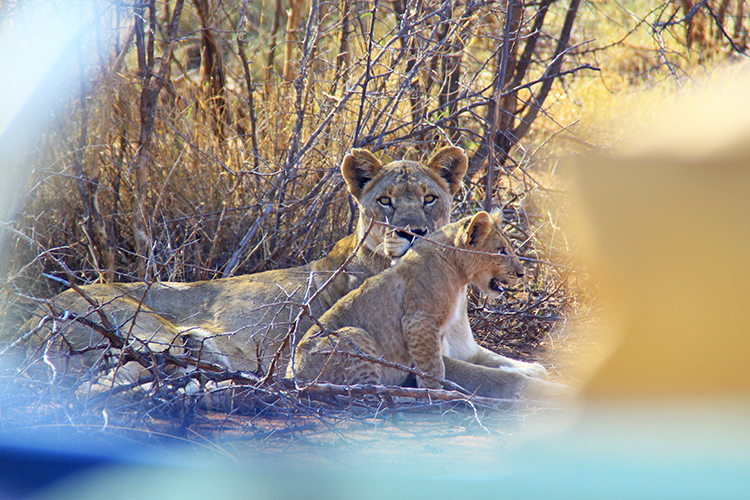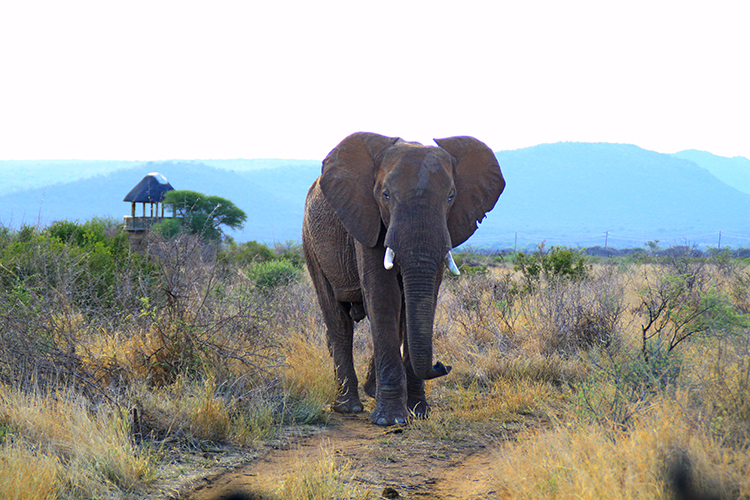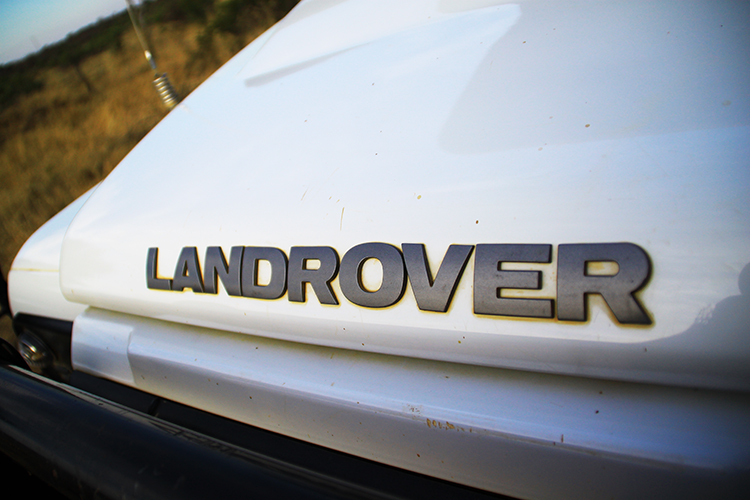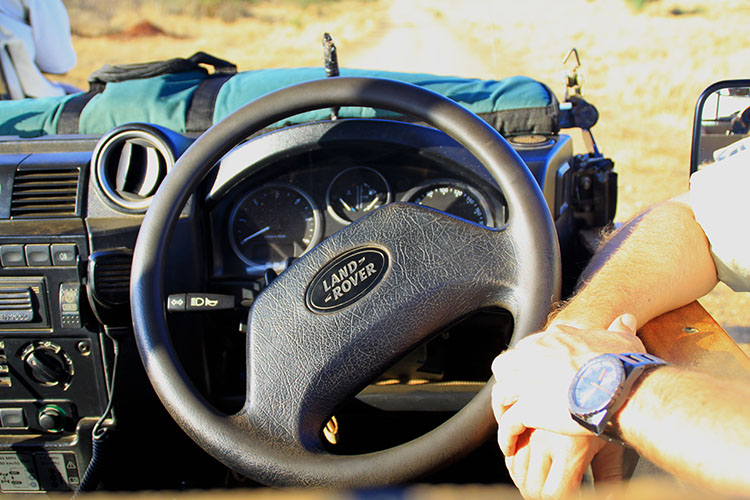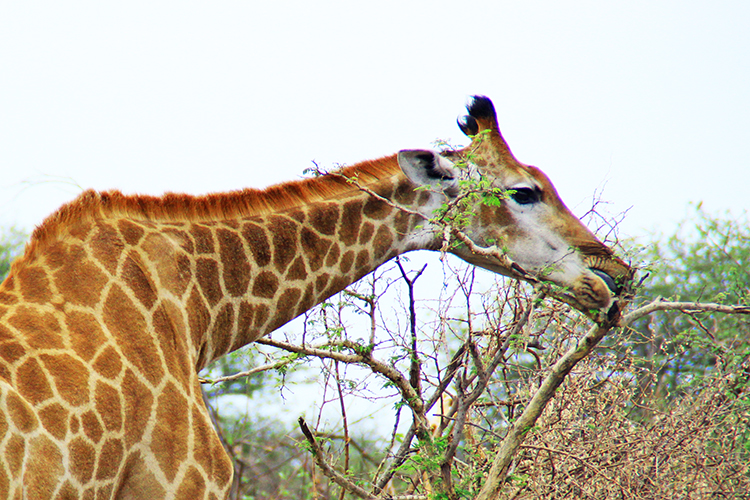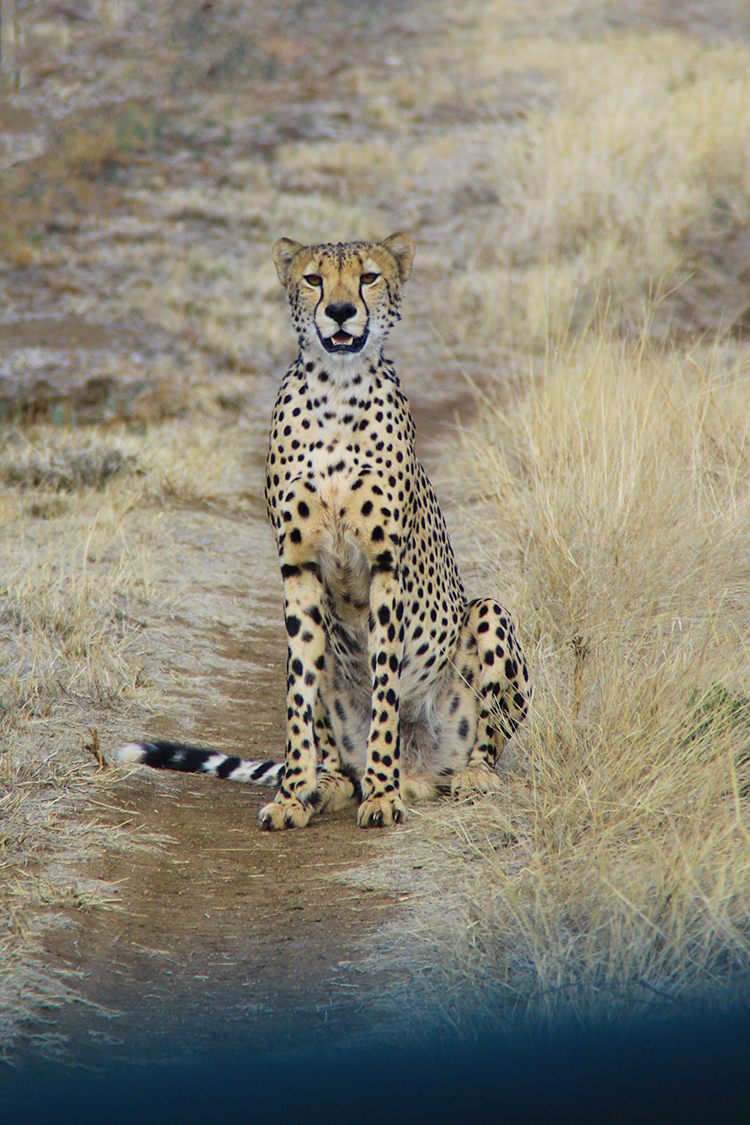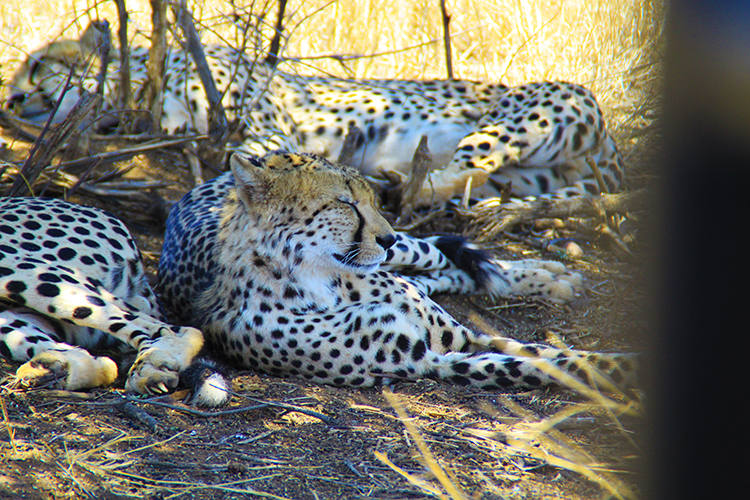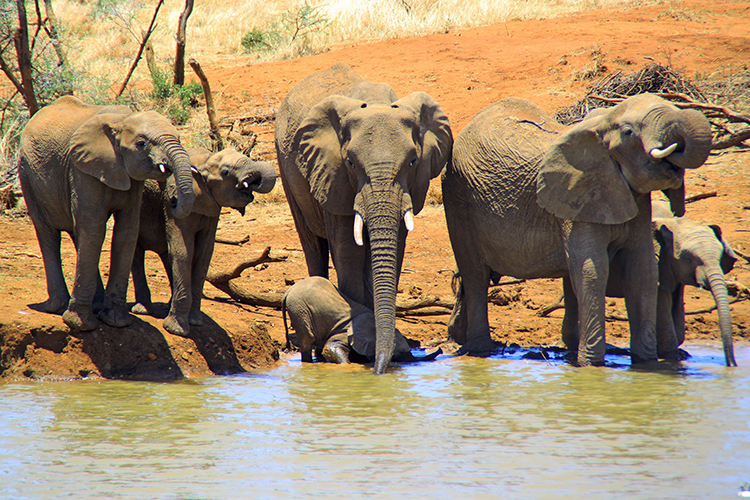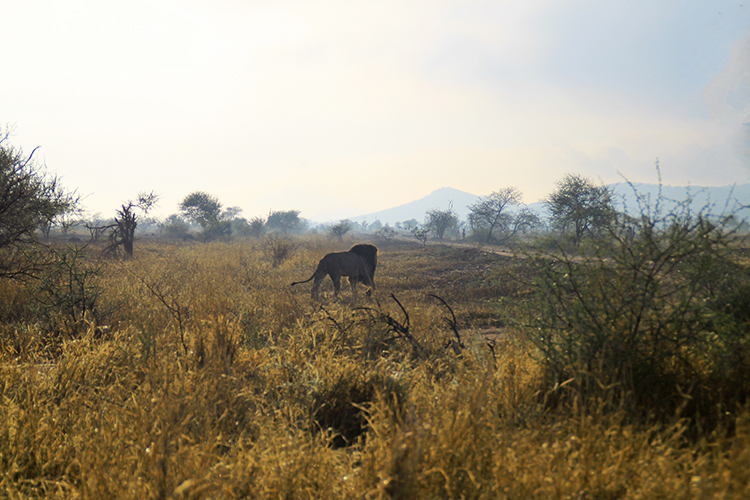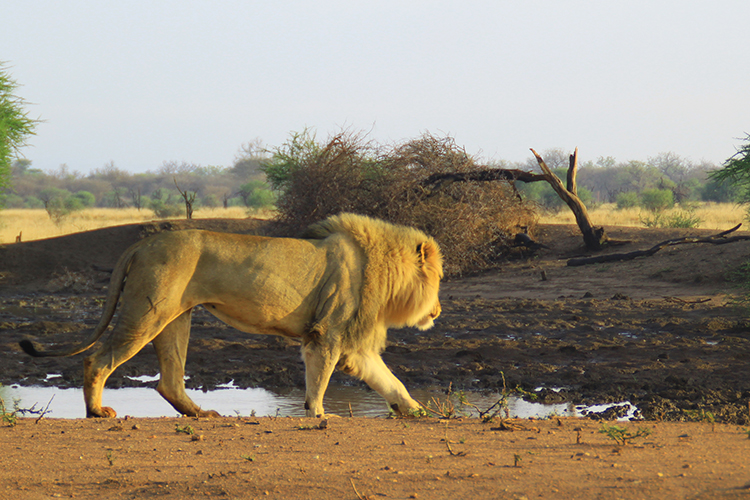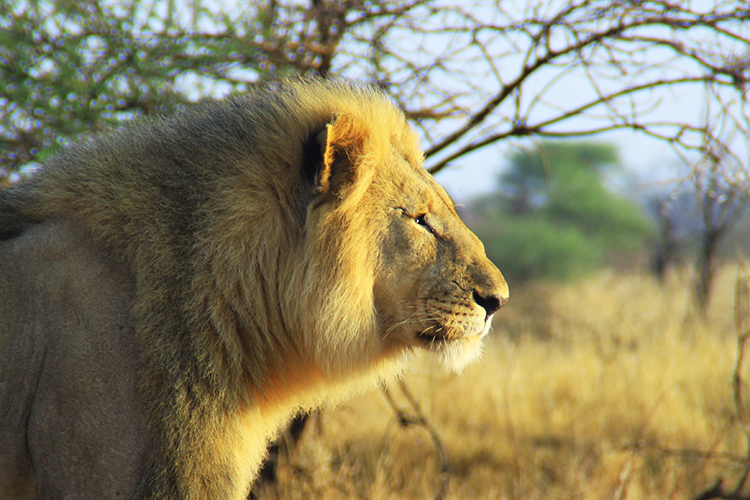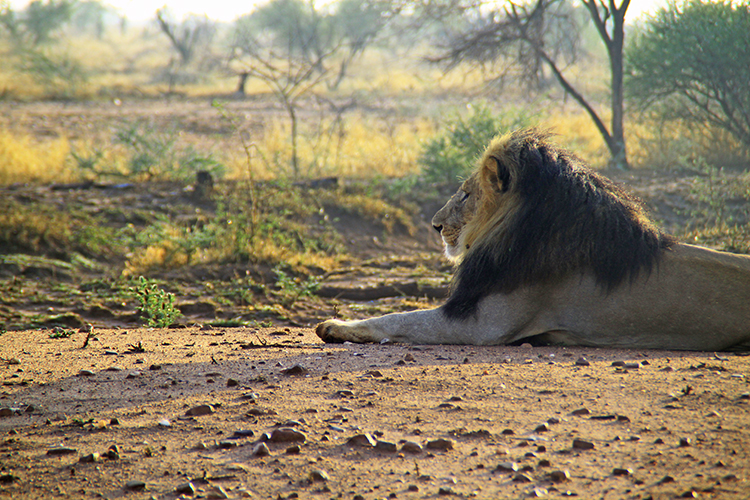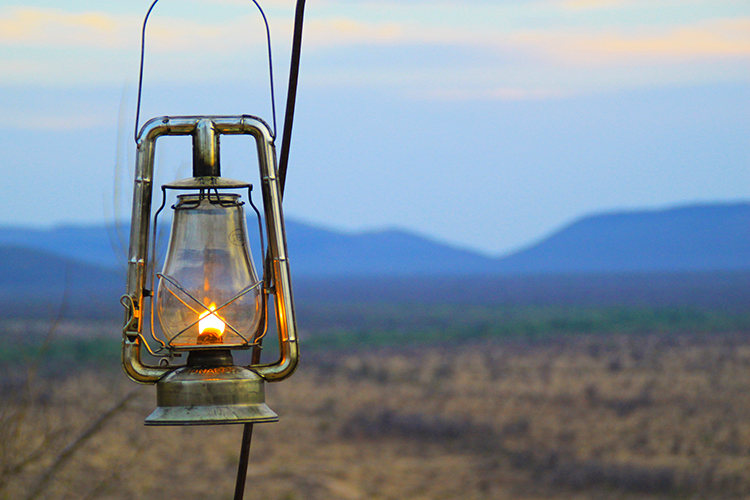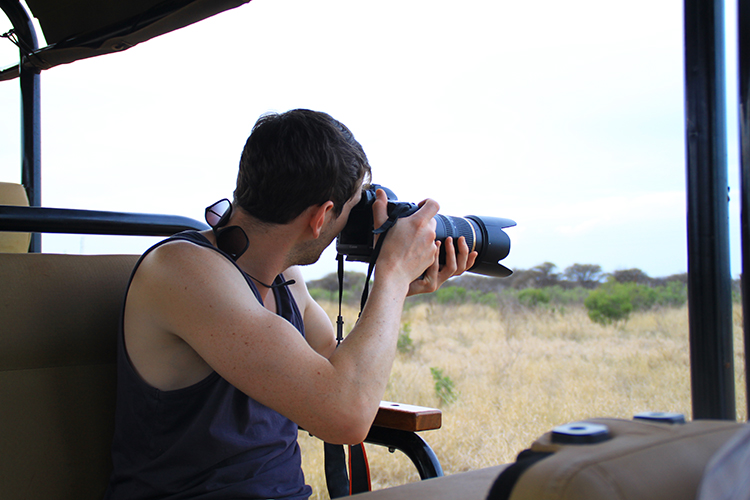
Wildlife photographers are the impalas of human society. They are everywhere. As you leave the airport, en route to the safari lodge, on the lawn at lunch, under the trees and across the plains on just about every game drive.
Yes, many of these photographers are truly talented individuals with an impeccable eye, superb mastery of the machine, and, well, really good cameras.
Many of us are guilty of using these connoisseurs of the camera as an excuse to not try our own hand at the art. If someone else can do it better, why bother? Perhaps you’ve never thought this. Perhaps you just don’t see the attraction of photographing wildlife. But like other art forms, photography is about so much more than the product. The whole process awakens us to the little wonders and idiosyncrasies of life – its quirks that often go amiss otherwise …
Like the tight scrunch of a leopard’s nose. The twitch of a lion’s whiskers. The endless fly-eyes of the impala. The knees – or are they elbows – of the elephant’s front legs. What looks almost like a smile from the tiniest rhino in the crash. How the morning sun shoots through the clouds like Zeus’ lightning bolt.
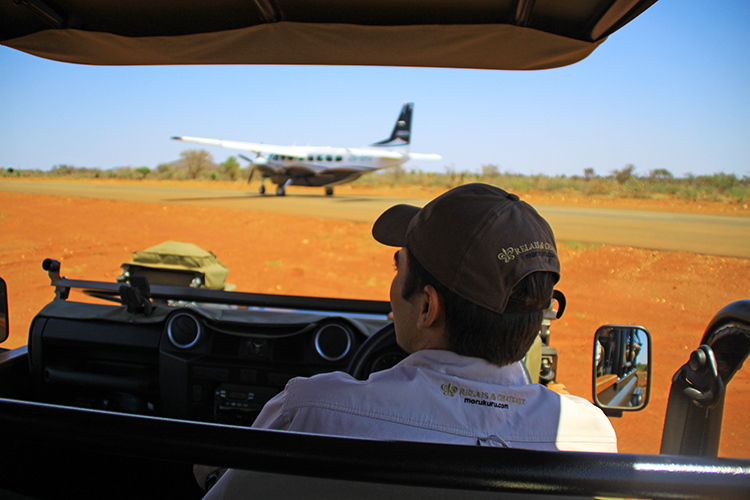
There is such magic in the details. No matter how many times I go on safari, no matter how many thousands of images I take of a leopard in a tree, each moment I fall in love with life a little more. The camera opens our eyes to the world, to life, and urges us to make better use of our senses, like a wild dog in the midst of an impala chase.
How lucky we are to have the opportunity to see more of life even in moments that aren’t necessarily new. Here are few details from Morukuru Family in the Madikwe Private Game Reserve that recently stood out to me.
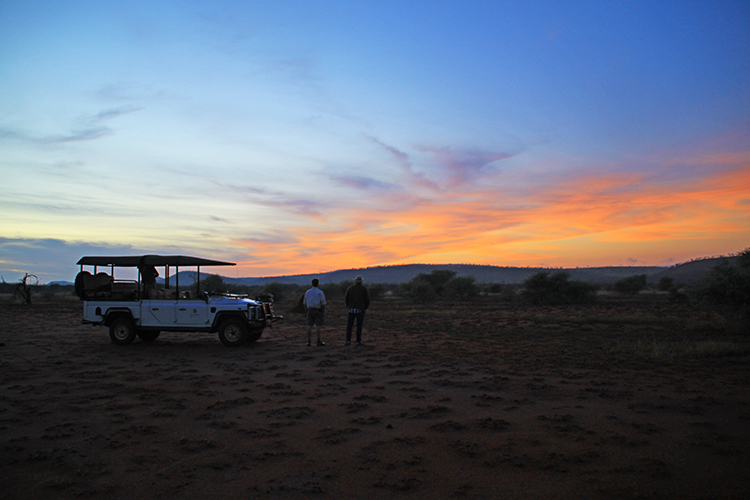
Take time to detect the details. Pick up the camera. And discover more about Morukuru Family in our blogs:
